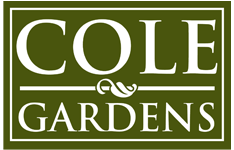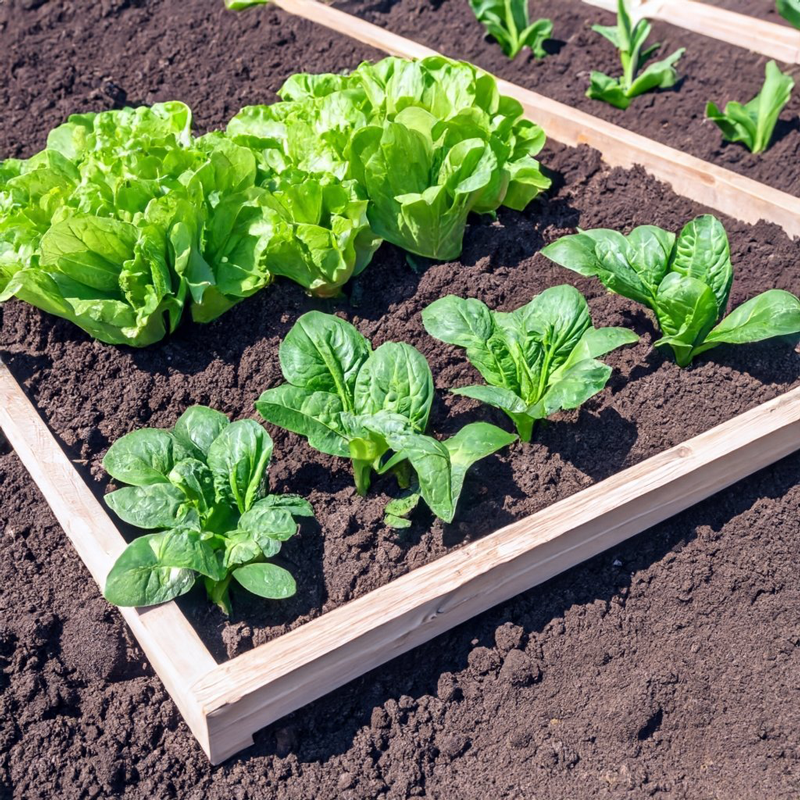Blog, Garden Blog, Garden Tips
Planning Your Vegetable Garden: What to Grow This Year
Embarking on a gardening journey brings the promise of homegrown produce to your table. At Cole Gardens, we’re passionate about empowering gardeners of all levels to create lush, productive vegetable gardens. Whether you’re refining your green thumb or planting seeds for the first time, deciding on your garden’s lineup is the first step toward a season of growth and bounty. Here’s how to plan your vegetable garden for this year, with insights on selecting suitable vegetables, understanding your climate, and making the most of your gardening space.
1. Understand Your Climate Zone
The foundation of a successful garden is understanding the climate you’re working with. The USDA Plant Hardiness Zone Map is an essential resource for identifying which plants will flourish in your area. Your designated zone will guide you on the length of your growing season and suitable plant choices. Keep in mind, your garden’s specific conditions, like shade, sun, and moisture levels, can also significantly impact your gardening success.
2. Evaluate Your Space
The amount and type of space you have will influence what you can grow. Large yards offer room for sprawling vegetable patches, while raised beds can provide excellent soil conditions and reduce physical strain. For those with limited space, container gardening is a versatile option that lets you grow a variety of vegetables on patios, balconies, or windowsills.
3. Selecting Vegetables
Choosing vegetables for your garden is the most exciting step, filled with possibilities:
- Taste Preferences: Focus on vegetables your household enjoys.
- Space Considerations: Be mindful of the space requirements of each plant; sprawling varieties need room to grow, while others, like leafy greens, are more compact.
- Climate Suitability: Some vegetables prefer cooler weather (e.g., broccoli, lettuce, peas), while others thrive in the warmth (e.g., tomatoes, cucumbers, peppers).
- Harvest Timing: Consider a mix of early, mid-season, and late-harvest plants to enjoy a steady supply of fresh vegetables.
Garden Favorites
- Leafy Greens: Spinach, lettuce, and swiss chard are simple to start with and grow well in cooler temperatures.
- Root Vegetables: Carrots, turnips, and radishes require little space and grow quickly.
- Herbs: Easy-to-grow herbs like mint, thyme, and chives can be grown in small spaces or containers.
- Tomatoes and Peppers: These warm-weather plants need plenty of sunlight and yield a rewarding harvest.
- Squash and Zucchini: Ideal for vertical growth, they maximize space and produce abundantly.
4. Tips for a Thriving Garden
- Crop Rotation: Change the location of your crops each year to prevent soil depletion and pest accumulation.
- Companion Planting: Certain plant combinations can enhance growth, deter pests, and improve flavor.
- Succession Planting: Planting seeds at intervals ensures a continuous harvest throughout the growing season.
5. Embrace a Manageable Start
Beginners should consider starting small. A modest, well-tended garden can still offer a generous yield. Expanding your garden can always be a future project as you gain more experience.
Conclusion
Planning your vegetable garden is a journey of anticipation and learning, culminating in the joy of harvesting your own produce. Cole Gardens is dedicated to supporting your gardening adventure from seed selection to your final harvest. Remember, gardening is not just about the crops you grow but the experiences and joy cultivated along the way. Here’s to a fruitful gardening season!

